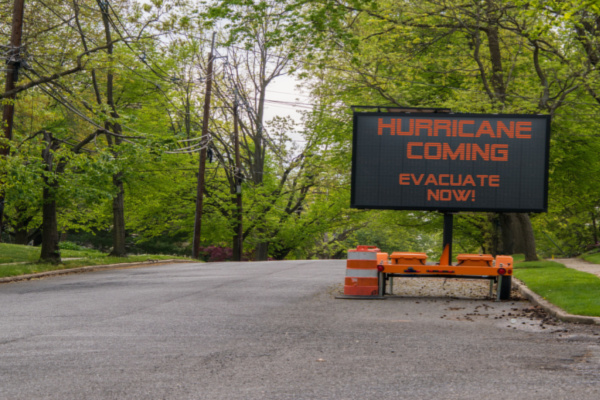The 2024 Atlantic hurricane season entered its fifth month Tuesday, and experts are again taking stock of a deadly and puzzling season.
The year started with dire predictions of a hyperactive season, quickly followed by the explosive and record-breaking landfall of Beryl in early July. Then came an odd mismatch in Pacific and Atlantic activity a later mid-season lull. But now, with Hurricane Helene’s deadly and devastating rampage across the Southeast last week, any hope of a quiet hurricane season for the U.S. has been obliterated.
Unfortunately, there’s still plenty of the season still to go, and “October is historically an active month, particularly in the Caribbean Sea, Gulf of Mexico and off the U.S. Southeast coast,” said Brian McNoldy, a hurricane research scientist at the University of Miami’s Rosenstiel School.
Meteorologist Michael Lowry, a hurricane specialist at WPLG Local 10 in Miami, expects “to see a return of big hurricanes going into the first full week of October,” he wrote in his daily update on Tuesday.
Big Storms Often Happen in October
Using the storm names that have been retired since 1953 as a proxy for landfalling storms that had great impact, September has the most retired names, with 43, McNoldy said. August and October are essentially tied at 21 and 20, and only seven storm names have been retired from November storms.
However, it’s also worth noting that October and November together have more retired storm names than June, July and August combined, he said. “So we must absolutely still be on alert for tropical cyclone threats in the remainder of hurricane season.”
It’s also important to remember that it doesn’t take a strong hurricane to cause a lot of damage, McNoldy said. “A slow-moving disorganized disturbance that maybe doesn’t quite become a tropical storm can unleash feet of rain over an area and create terrible flash flooding,” he said. “The rainfall threat from tropical systems has historically taken a back seat to the wind threat in people’s minds, despite being deadlier.”
Kirk could affect US coastline next week
Although Kirk will be turning north and staying over the open Atlantic, long-period swell from the large hurricane could reach all the way to the U.S. Eastern Seaboard – from the Mid-Atlantic into coastal areas of the Northeast – by early to middle of next week, Lowry said. Behind Kirk, Invest 91L has been designated off the coast of Africa and will develop into a named storm over the next day or two. Computer models show 91L strengthening into a powerful hurricane next week but like Kirk, it should turn well east of the islands.
Climate Change & High Ocean Temps Fuel Storms
Ocean conditions are still primed to influence any potential disturbances that appear. “Everywhere in the tropical Atlantic still has record or near-record high ocean heat content, so there’s no shortage of fuel for whatever might form anywhere,” said the University of Miami’s McNoldy. While November can also be busy, the odds quickly decrease, he said.
Preseason Forecast vs. Actual Storms
When compared to their preseason prediction, the 2024 season is likely to be quite a bit less active than forecast, Klotzbach said. Back in the spring, the Colorado State team predicted 23 named storms would form, of which 11 would be hurricanes. “Of course, the colossal bust that was discussed a couple of weeks ago appears to be off of the table, given that Kirk is pretty much a sure-fire hurricane (and a likely major hurricane) and the tropical wave behind it has a really good chance of becoming a hurricane too.”
All in all, the hurricane and major hurricane numbers may verify ok, depending on what happens with Kirk and the wave behind (as well as other activity), but we will likely have a very large over-forecast on named storms, he said.
But nothing can be ruled out yet. He pointed out that the hyperactive 2005 season had 11 named storm formations after October 1.
—
Photo Credit: Alan Budman / Shutterstock.com
